We recently connected with Samanta Malavasi and have shared our conversation below.
Alright, Samanta thanks for taking the time to share your stories and insights with us today. Are you happier as a creative? Do you sometimes think about what it would be like to just have a regular job? Can you talk to us about how you think through these emotions?
“Absolutely, I often ponder what it would be like to have a conventional job with set hours, vacation days, and weekends free to spend with my family. However, I’ve come to understand that being an artist isn’t merely a career choice; it’s an intrinsic part of who I am. I feel incredibly fortunate to have individuals like my partner who not only understand but also encourage and support me in my artistic endeavors. Their unwavering belief in me motivates me to keep pushing forward and exploring my creative passions.”
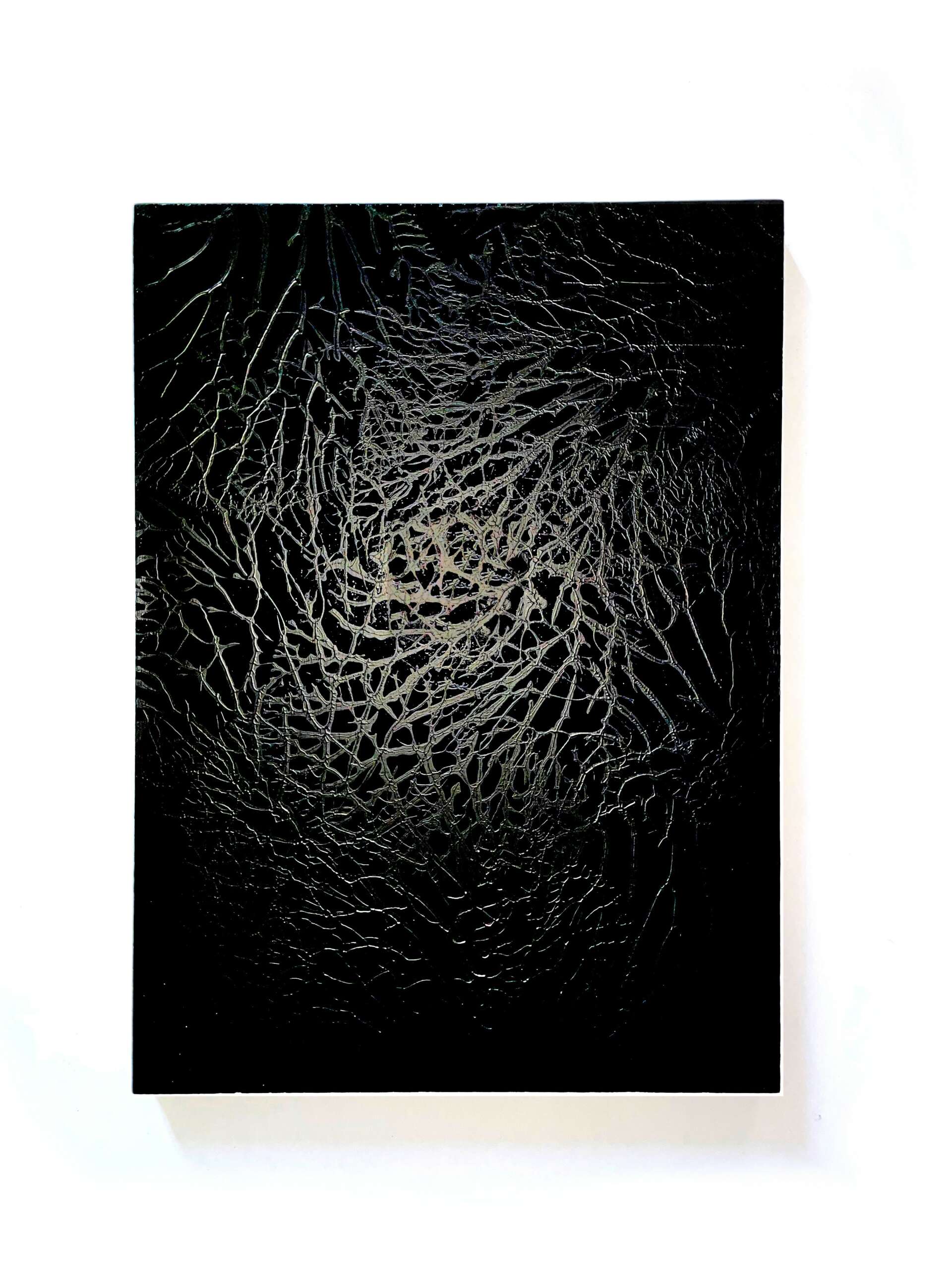

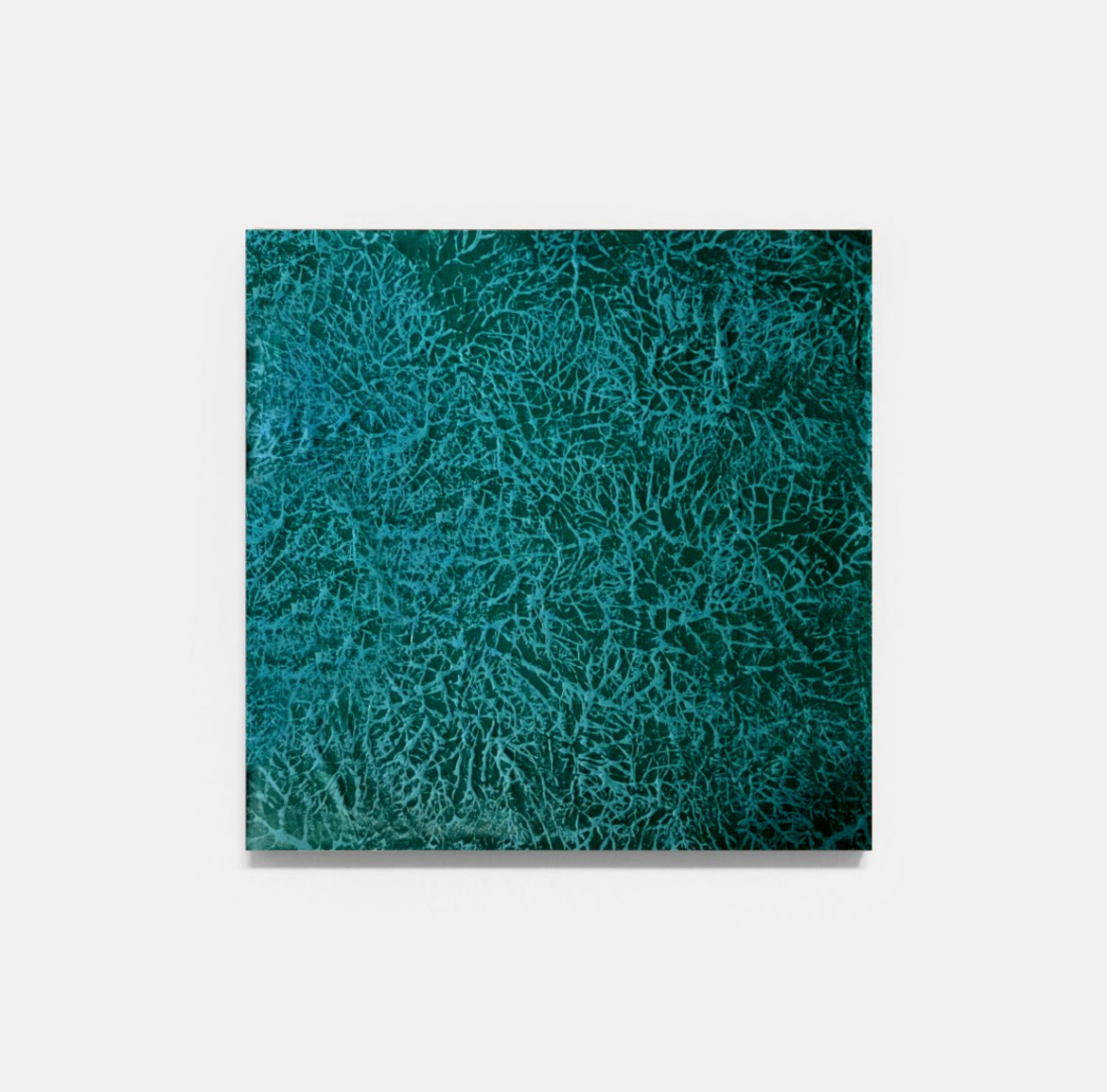
Samanta , before we move on to more of these sorts of questions, can you take some time to bring our readers up to speed on you and what you do?
Samanta Malavasi is an Italian visual artist known for her innovative exploration of layered monochromatic structures achieved through the imprinting of paint onto various materials. Her work manifests as abstract compositions across a spectrum of surfaces, including plexiglass, PVC, and canvas.
As an artist, she maintains a dedicated commitment to material experimentation and the constant evolution of studio techniques, thereby redefining the essence of painting. Through the stratification of paint layers and the construction of foundational structures, her artworks give rise to intricate, interwoven patterns. These forms continuously evolve, evoking a perpetual state of growth and transformation.
The resultant effect is one of organic intricacy, where each line adapts to its environment, resembling the evolution of a living organism. The application of monochromatic palettes imparts a sense of purity and intimacy, as if the artworks themselves possess introspective qualities.
Each piece boasts a heightened tactile quality, adding depth and complexity, thus further accentuating the sense of organic materiality and beckoning viewers to engage in closer examination. Her medium and large-scale creations wholly envelop the surface, immersing and disconnecting the observer from reality.
Guided by her distinctive approach by imprinting paint on the surface of the material, Samanta’s works appear to capture a single moment in time, as if suspended within an enduring process of change and evolution.”
“Everything is layered. The beauty of time and impermanence are possibilities for newness.”
The Berlin-based Italian artist Samanta Malavasi began her artistic journey as an author and illustrator of children’s books, publishing in several countries.
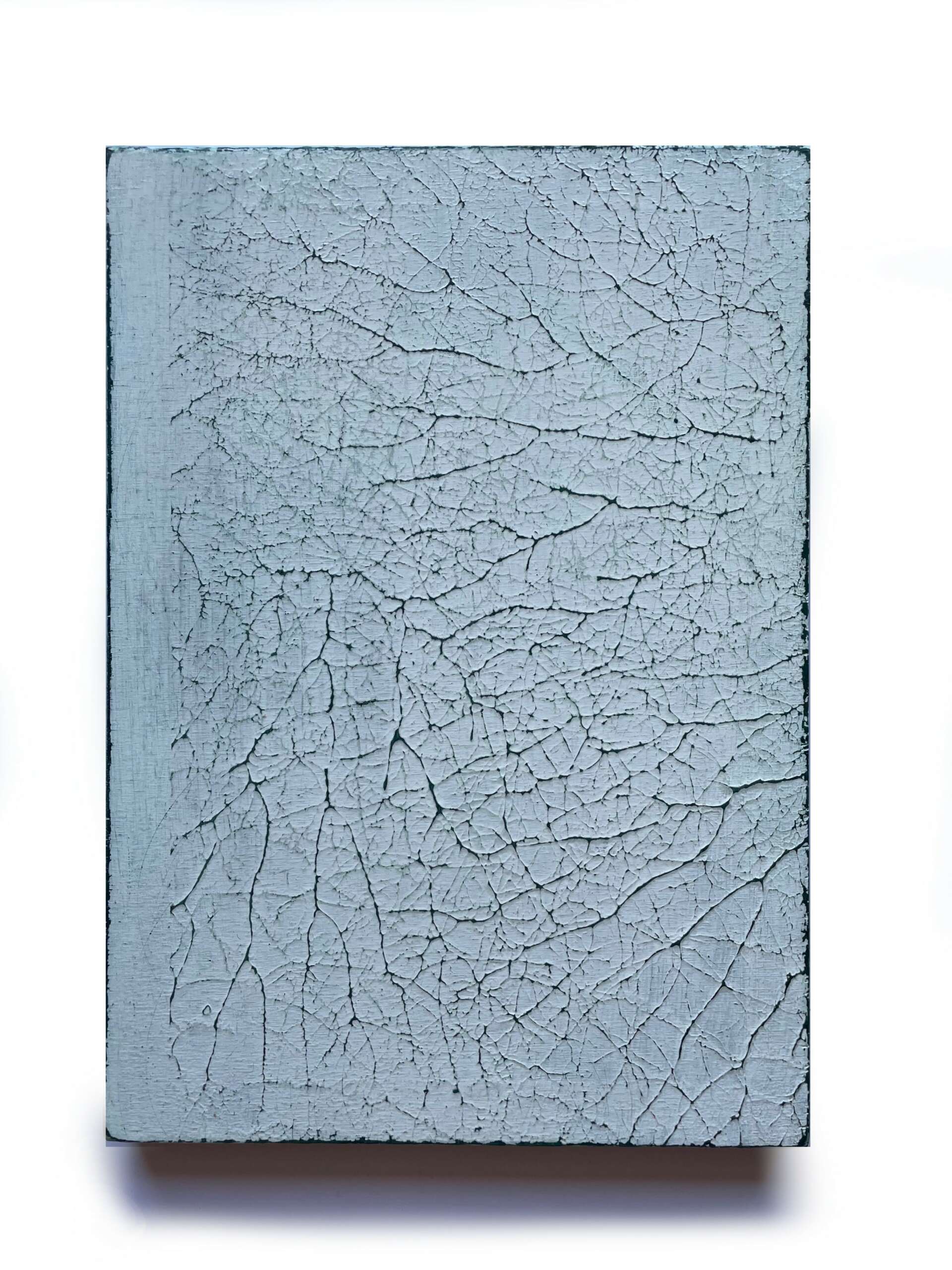
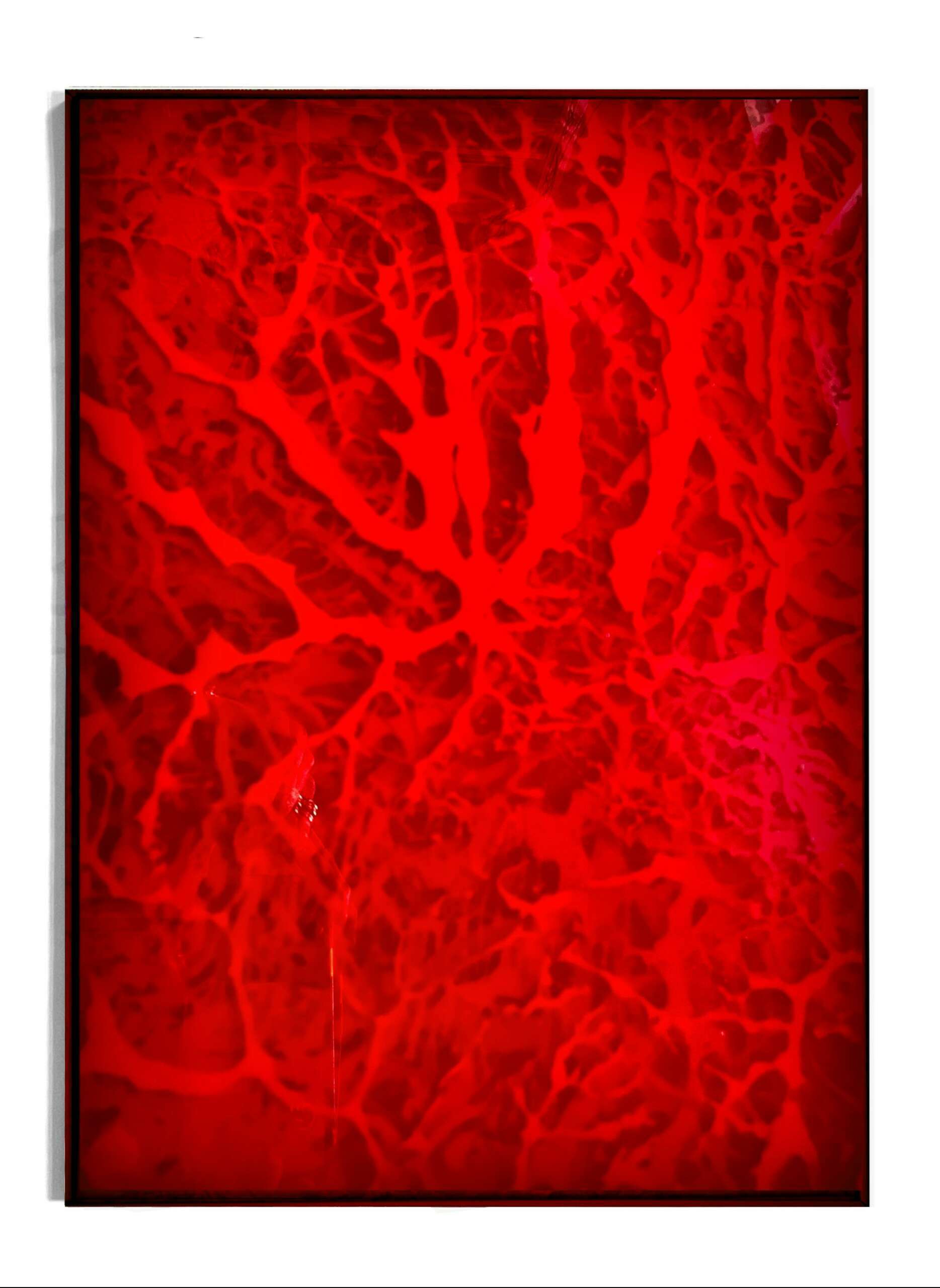
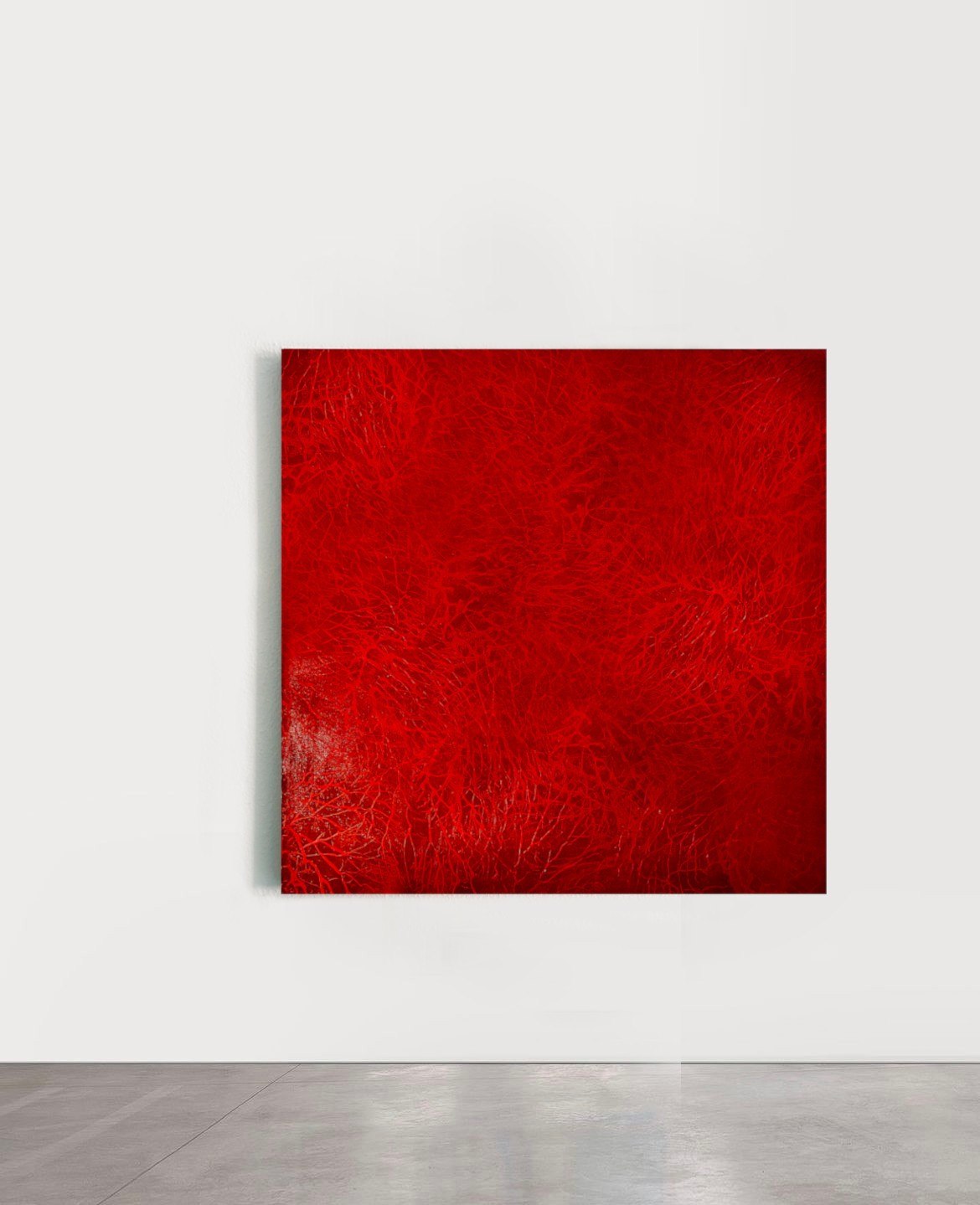
What do you find most rewarding about being a creative?
“For me, the most rewarding aspect of being an artist or creative is the ability to freely express my unique vision of the world through my art. Creating something new and original, which can inspire emotions and connect with others, is an incredibly fulfilling experience. Art allows me to constantly explore, experiment, and grow as an individual, giving me the freedom to turn my ideas into tangible reality. It’s a continuous journey of discovery and self-expression that fills me with joy and satisfaction.” I’ m convinced that art is “an estrangement in an unknown world, which can only be explored by those who intend to take their own time.” The function of artists is to “make the public enter another dimension, that of the work.” And regarding the content of the paintings: “It is widely accepted among painters that it doesn’t matter what you paint as long as it’s beautiful. This is what society imposes on us. A work of art must not be replicated but must evoke a unique and profound emotion. A work must be immersive and timeless.”
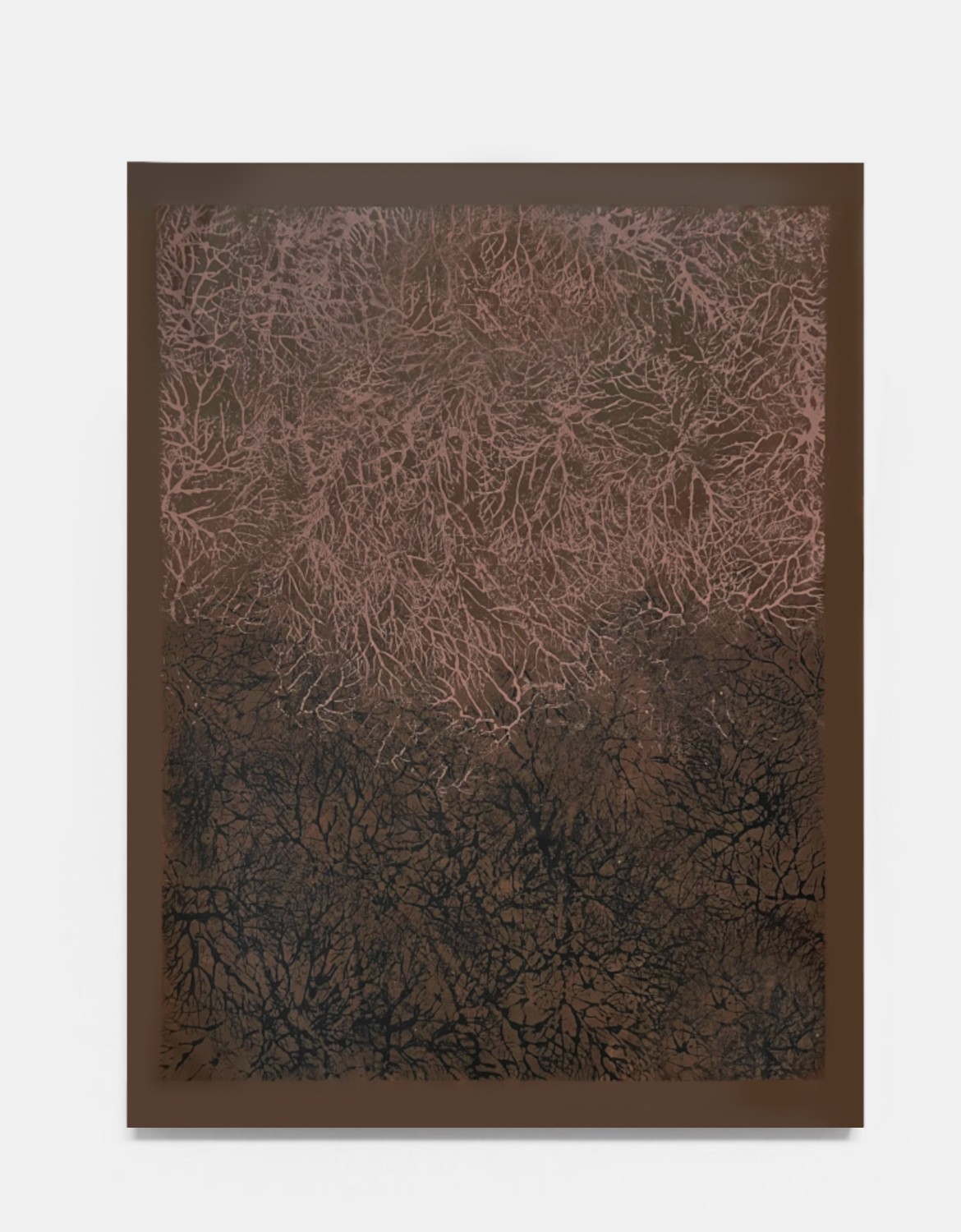

How can we best help foster a strong, supportive environment for artists and creatives?
In my view, in today’s contemporary setting, society can effectively support artists and creatives by offering increased opportunities for visibility and financial backing. This may involve initiating grant programs specifically tailored for artists, as well as establishing accessible and affordable studio spaces. Additionally, promoting funding initiatives for artistic endeavors and collaborating with cultural institutions to curate exhibitions and events are key avenues for support. Furthermore, fostering the integration of art within educational curricula from an early age can nurture creative talent. The organization of exhibitions and events spotlighting the work of local artists, along with the incorporation of art into urban and architectural projects, further amplifies support for the creative community. Lastly, prioritizing diversity and inclusion within the artistic sphere is crucial to ensuring that a wide range of talents can thrive and contribute to a dynamic and inclusive creative landscape.
Contact Info:
- Website: https://www.samantamalavasi.it/
- Instagram: https://www.instagram.com/samantamalavasi/
- Facebook: https://www.facebook.com/malavasi.samanta
Image Credits
1- Space, 2024, acrylics an varnish on canvas, 100 x 100 cm 2- Conjunction, 2024, varnish and acrylics on canvas, 100 x 100 cm 3- Deep, 2024, acrylics on Canvas, 217 x 172 cm 4- Roots, 2024, acrylics on Canvas, 217 x 172 cm 5- Red Mirror, 2022, Gypsum powder mixed acrylic paint on 4 sheet clear PVC layers, 70 x 100 cm 6- Wake up 02, 2022, acrylics on 3 clear layers PVC, glass, dichroic foils, framed in metal, 30 x 21 cm 7- Mono 02, 2024, varnish and acrylic on Wood Board, 42 x 30 cm 8- Fog 01, 2024, varnish and acrylic on Wood Board, 21 x 30 cm


